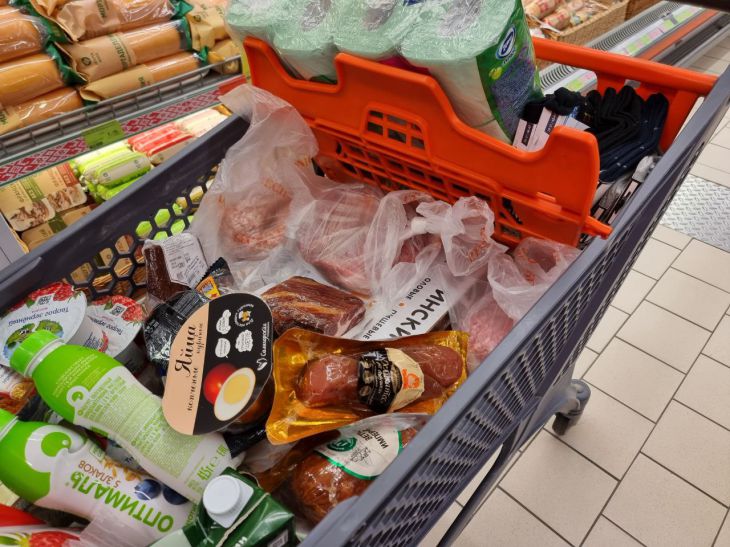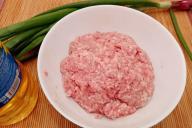If you want to start eating healthy, you will need to read food labels.
What exactly are they? What information do they provide? Method of application, allergens, storage conditions are just some of the important aspects.
Product name and label
Often the packaging will help you find the right product. Check if similar packaging has been used for another product. It is easy to make a mistake and choose a different product.

It is worth paying attention to the name, as it may contain information about the way the product is processed. It can, for example, be frozen or smoked. The name should not be replaced by a trade name, a name used for marketing purposes, or a trademark.
What's included on the labels
Self-adhesive labels for food products include: the name and address of the manufacturer, the name of the product, ingredients, net weight of the product, and the date of the minimum expiration date. That is why it is worth choosing healthy food.
In addition, it contains nutrients per 100 g. This concerns energy, which is expressed in kcal. It also contains proteins, carbohydrates, sugar, fat and saturated fatty acids. In addition, we must not forget about: the method of use, the presence of additives, storage conditions, allergens.
How to Read Food Labels
Each substance, like additives, is an ingredient that was used in the production of a certain food product. It is still present in it. The ingredients of the product are entered in order of decreasing content. What does this mean? That in the end there are ingredients that are the least in the product. However, there are some exceptions.
Ingredients not listed for fresh fruits and vegetables, unprocessed potatoes, vinegar, cheese, butter, soda, fermented milk or cream.
The latter only if no other ingredients have been added. Examples include live bacterial cultures or enzymes.
Best before date
Checking the date will protect you from purchasing expired products.
It is worth getting acquainted with the information on how long you can properly store the product so that it retains its properties. In the case of expired cereals or pasta, do not throw them away immediately. Do not waste food and limit emissions.
On the other hand, the term "use by" defines a date after which it is better not to consume the product. Otherwise, you risk getting food poisoning. Such food products include, among others, meat, yogurt and cream.
Resume
When reading food labels, pay special attention to the definition of carbohydrates, including sugars. The content of simple sugars and natural disaccharides, as well as those added to this product.
On the other hand, low calorie content does not necessarily mean that you are healthy. For example, sugar is often replaced with glucose-fructose syrup or another substitute that can contribute to obesity or excess weight.
The calorie content of a product does not affect the health or nutritional value of the product. The ingredients used in production are also important. Therefore, avoid products that contain: hydrogenated vegetable fat, mechanically separated meat, glucose-fructose syrup. It is also good to check the salt or monosodium glutamate content of the product.
Too much sodium can cause chronic disease. It can be hypertension, coronary heart disease or cancer.
It is also important to check the "E" content. These are all kinds of additives such as: preservatives, colorings, flavor enhancers, sweeteners. Natural substances marked with the letter "E" include turmeric, cochineal or acetic acid.
Previously it was reported about how to get rid of mice in the house .









